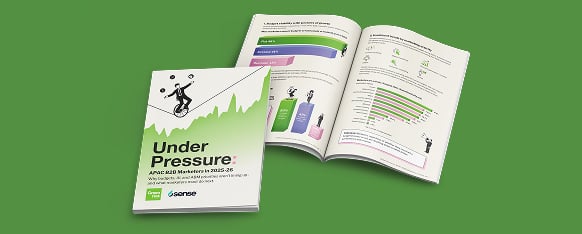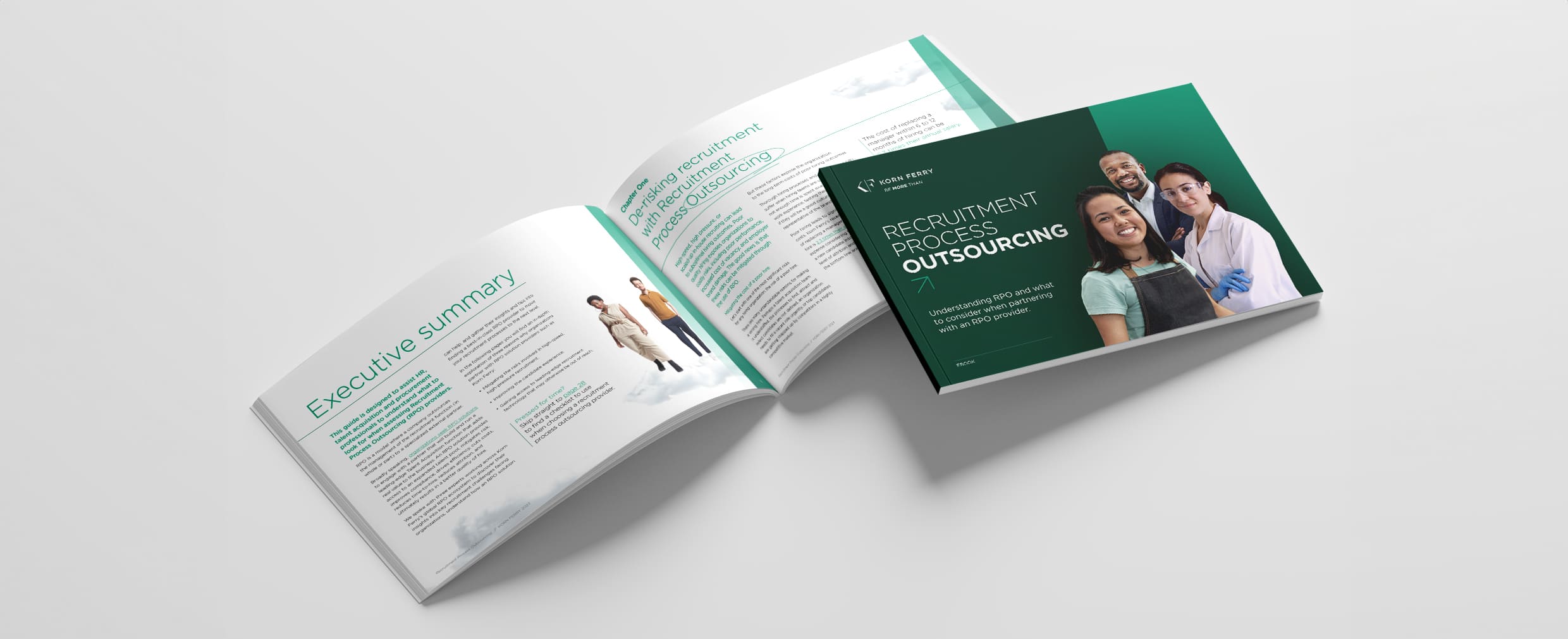Grab the keys to your DeLorean, start it up and set your destination to 1997. Once you get there, take out your Palm Pilot. Open its word processing application. Try and write a word using the stylus. Did the machine know that the letter you’ve written is the letter you intended – or did it get it wrong?
AI and big business have had a tumultuous relationship over the past 50 years. First theorised in the 1950s, advancement in the field hit a cold winter, and companies wouldn’t go near it during the 60s and 70s. It was popularised again in the 80s. Once again, technological stagnation halted viable commercial use up until today.
The Palm Pilot’s written language recognition worked using a back-propagation algorithm – as you mark an incorrect output, it made tiny adjustments to the strength of the pathway that sent it there. With a huge number of pathways to choose from, the next time that same input was received, it saw that erroneous output pathway as undesirable – and hopefully gave the correct output next time. This is the basis of machine learning, but during the 1990s and early-2000s it was not effective enough for universal commercial implementation.
The key difference between this and today’s AI is maximisation of digital storage, and the addition of deep, hidden layers to the now unimaginably vast artificial neural networks.
But what does this mean for the real world? It means AI is back, and – this time – it looks like it is here to stay. You need only glance over the technology influencers of Twitter before coming across yet another article on how machine learning is advancing another aspect of the business world. For the marketing industry, this is nothing short of exciting.
Optimisation of marketing automation
Marketing automation has consistently been touted as one of the major technological breakthroughs for B2B marketers. AI now allows you to be more relevant in more places. Marketing automation has moved away from the marketer’s rules and axioms defining when to contact users, such as whether they interacted with your email or visited your website. We can instead allow an AI-based marketing automation platform to collect this information and dictate the most desirable pathways for contact.
Superior segmentation
Once user activity is logged in this way, it’s not difficult to imagine that categorisation of users will become far superior to current methods. From here, we can generate fully personalised content to get to users of deeply similar status.
Improved account-based marketing
ABM involves the interaction between sales and marketing teams to present personalised content to a certain brand or account. We already collect huge amounts of data on potential, current and previous users. With the addition of AI we can now be told when to reach out, who to reach out to, and what sort of content will give us the best opportunity for conversion.
New chatbot experience
As well as being available to the user around-the-clock, enhanced AI chatbots are able to perform data analytics, pattern recognition and predictive analysis during their conversations. The beauty lies in their ability to learn from their mistakes to optimise their responses for customer support, for example. Now, however, there is not enough evidence to suggest that such programs enhance user experience – but the model suggests that it can do no harm.
This technology will most likely not lead to the demise of the human race. A more plausible outcome for the foreseeable future is that AI will help digital marketers to convert visitors to clients much more often than what is possible now.

 Marketing Automation
Marketing Automation Digital
Digital





